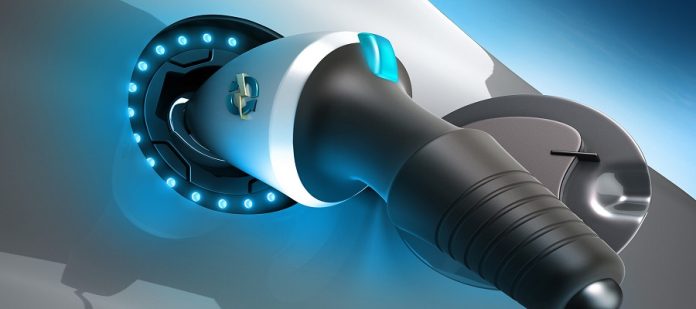Silicon carbide (SiC) is becoming increasingly crucial in multiple areas, including electric vehicles (EVs), renewable energy, and infrastructure, as they all work together to facilitate a more sustainable future.
Onsemi has entered into a supply agreement with Kempower, wherein SiC MOSFETs and other chips from its EliteSiC family will play a significant role in the development of the company’s upcoming EV fast chargers. Furthermore, Onsemi is also providing SiC power devices to Sineng Electric for their new line of industrial-grade solar inverters. SiC, being a wide-bandgap semiconductor, offers enhanced efficiency in power distribution and conversion at high voltage levels, which silicon IGBTs have traditionally dominated.
One of the notable advantages of SiC is its ability to handle breakdown voltages that are 10 times higher than those of silicon. This characteristic reduces on-resistance (RDS(on)) between the drain and source regions of the power FET when activated, thereby minimizing conduction losses in the device.
Due to its ability to handle twice the electron saturation velocity compared to silicon, SiC is well-suited for applications requiring high switching frequencies. The low gate and output capacitance of SiC power devices result in reduced power losses during switching transients, allowing for faster switching speeds. Additionally, higher frequencies enable the utilization of smaller magnetics and passive components in a given power stage, ultimately increasing power density.
These attributes have a positive impact on the leakage current of SiC power FETs when in the off state, leading to improved efficiency in high-power systems that deliver tens of thousands of watts. SiC-based power FETs exhibit better heat tolerance, mitigating performance degradation caused by elevated junction temperatures. Furthermore, cooling SiC power FETs is relatively straightforward due to their higher thermal conductivity compared to IGBTs.
Converting Power with SiC
In the initial agreement, onsemi is providing Kempower with their latest M3S series of high-voltage EliteSiC MOSFETs, along with the inclusion of SiC-based D3 diodes, for the development of EV chargers. These devices will be utilized in various sections, including the active ac-dc front end and the primary and secondary dc-dc conversion stages of Kempower’s cloud-connected dc fast chargers, known for their modular and scalable design.
The utilization of SiC products will facilitate the implementation of dynamic load balancing. This feature enables the charger to intelligently adjust the amount of power it draws from the electric grid, ensuring efficient power distribution to electric vehicles (EVs), cars, trucks, and other relevant devices. The new M3S 1,200-V SiC MOSFETs are specifically designed to support the higher switching speeds necessary for electric-grid equipment, including EV chargers, solar systems, and energy storage systems.
Included in the M3S family are automotive-grade power MOSFETs that cater to bus voltages reaching 800 V. These 1,200-V devices are specifically designed for high-to-low voltage dc-dc converters that require excellent performance in terms of switching loss. Moreover, these chips are capable of supporting onboard chargers (OBCs) with power ratings of up to 22 kW, responsible for converting ac power from the electric grid to dc power for recharging the EV’s battery pack located within the vehicle.
The newly introduced power MOSFETs will also be offered as half-bridge power integrated modules (PIMs) in F2 packages, adhering to industry standards. These modules further enhance the reduction of RDS(on) and are well-suited for heavy-duty industrial power units. The integration of direct-bonded copper designs within the modules enables balanced current sharing and effective thermal distribution among parallel FETs, benefiting applications such as EV chargers and uninterruptible power supplies (UPS). With a maximum voltage rating of 1,200 V, the D3 diode, available in TO-247-2 or TO-247-3 packages, leverages the advantageous power-handling properties of SiC to enhance its resistance to heat. Additionally, it exhibits reduced dependency on the temperature in terms of series resistance, making it suitable for power-factor-correction (PFC) stages in power supplies or as an output rectification component, where it converts an ac voltage source into a constant-current dc voltage supply.









